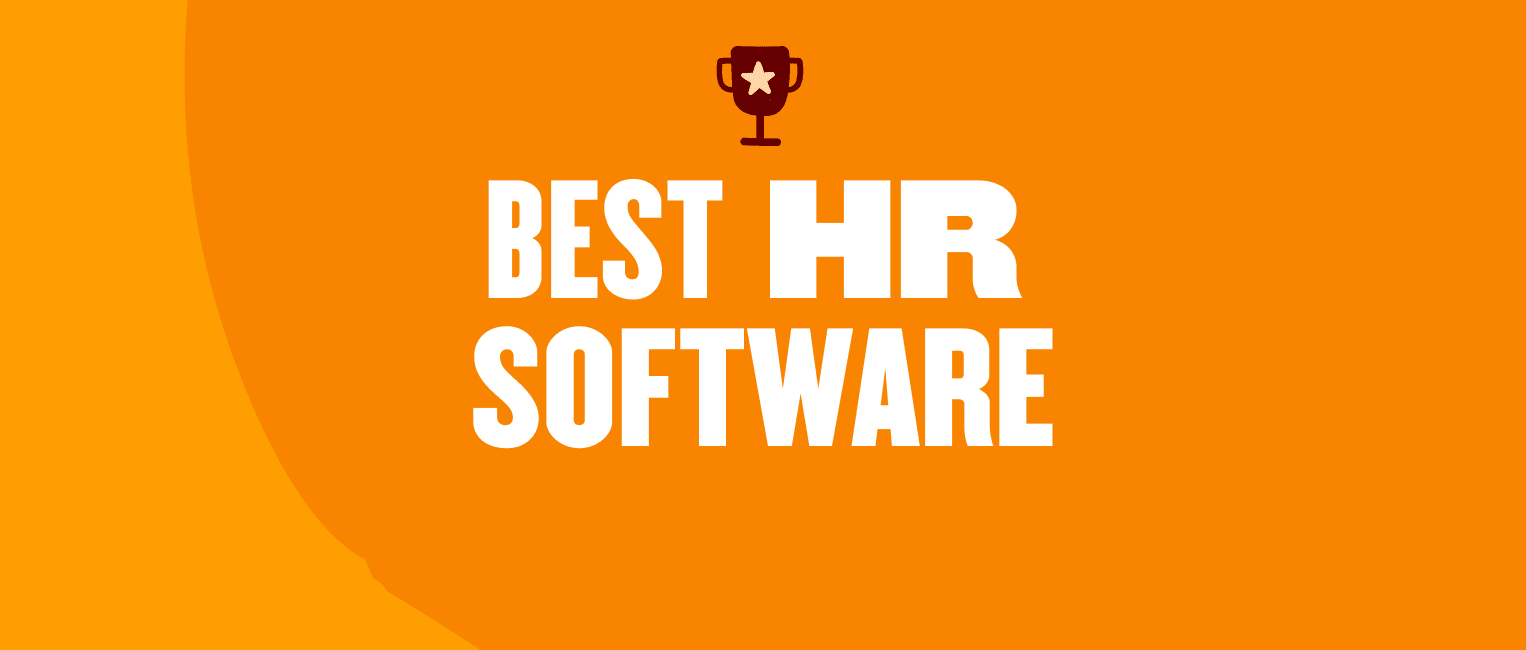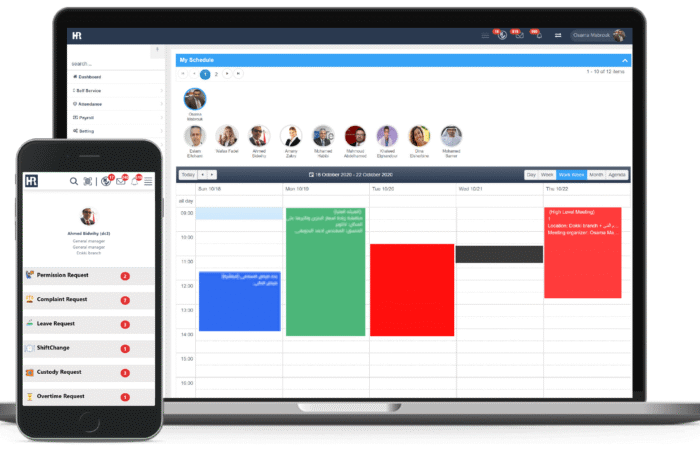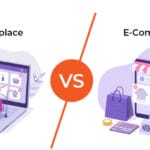Web development demands have shifted sharply in recent years, and by 2025, technical leaders must…

Human resources teams have always played a vital part in shaping company culture, growth, and talent engagement. In recent years, though, the demands on HR departments have expanded dramatically. From hybrid workforces and rapid scaling to changing compliance environments, today’s HR challenges require fast, data-driven responses. This has put HR software at the center of operations for organizations of every size. Finding the best HR software in 2025 is more important than ever. With remote teams, complex compliance, and talent retention challenges, the right tool can make or break your HR department.
Choosing the right platform can mean the difference between staying ahead or falling behind. There’s a reason investment in HR technology is one of the fastest-growing areas of business software. Companies see real gains in efficiency, employee satisfaction, decision-making, and compliance when they deploy the right HR tools.
But with so many platforms competing for the “best” label, how can teams know where to focus their attention? Let’s break down what’s critical in modern hr software systems, which platforms are leading the market, and how organizations can select tools suited to their unique needs.
What Makes an HR Software “The Best”?
The ideal HR platform goes far beyond digitizing manual paperwork. It acts as a central nervous system, connecting people, processes, and data from recruitment to offboarding. Several capabilities set the top systems apart:
- Automation — Streamlining repetitive tasks like payroll, onboarding checklists, and time-off requests.
- Integration — Connecting seamlessly with payroll, benefits, recruiting, and even external apps such as Microsoft Teams or Slack.
- Data-driven insights — Offering real-time reporting and dashboards so leaders can make informed decisions.
- Flexible workflows — Adapting to unique business structures or compliance rules.
- User experience — Providing intuitive, modern interfaces for both HR professionals and employees.
- Security and compliance — Keeping sensitive information protected and making audits easier, especially for remote or global teams.
Not every company needs the same feature set. While a 50-person startup may focus on simplicity and rapid onboarding, a global enterprise will prioritize scalability and cross-border compliance. The best HR systems recognize this by offering modules, adaptable frameworks, and “choose your own adventure” implementation models.
Why Automation & AI Are Game Changers
Manual data entry and repetitive HR tasks bog down organizations and create opportunities for error, highlighting the need for effective performance management systems. The latest generation of HR software uses automation and artificial intelligence for scenarios like:
- Screening hundreds of resumes without bias
- Issuing compliance alerts before regulations are breached
- Suggesting optimal training courses to drive employee development
- Predicting turnover and surfacing retention risks
- Generating accurate real-time analytics for performance, diversity, or pay equity
The result is a dramatic reduction in administrative overhead, freeing up HR pros to focus on high-impact initiatives—like culture building, leadership development, and strategic planning.
Best HR software 2025
Let’s take a closer look at the HR software products at the top of their category, including in our best HR software 2025 list. Note that every company’s requirements are different, but these systems consistently earn outstanding marks for functionality, innovation, and user satisfaction.
| HR Software | Best For | Standout Features |
|---|---|---|
| Breezy HR | Recruitment & Hiring | Visual pipelines, automated scheduling, collaborative hiring |
| Bambee | Small & Midsize Businesses | Dedicated HR manager, compliance, unlimited HR support |
| Deel | Global Teams & Contractors | Global payroll, compliance, multi-currency payments |
| Multiplier | International Expansion | Global hiring, local compliance, payroll & benefits |
| Paylocity | Midsize Businesses | Automation, employee engagement, integration suite |
| Deputy | Hourly & Shift-based Workforces | Smart scheduling, time tracking, mobile workforce management |
Breezy HR
Breezy HR is a visually intuitive recruitment platform designed to simplify the hiring process. Its drag-and-drop pipelines, automated interview scheduling, and collaborative tools make it easy for HR teams to manage candidates efficiently. Breezy HR’s analytics provide actionable insights, helping organizations make data-driven hiring decisions.
Bambee
Bambee is transforming HR for small and midsize businesses by providing a dedicated HR manager at an affordable price. The platform streamlines compliance, policy creation, and employee relations, ensuring businesses stay up-to-date with changing regulations. Unlimited HR consultations make Bambee an ideal choice for organizations seeking expert guidance without the overhead of a full in-house HR department.
Deel
Deel is a global HR solution built for companies with distributed teams. It simplifies hiring, onboarding, and payroll for employees and contractors in over 150 countries. Deel automates compliance with local labor laws, manages contracts, and streamlines payments in multiple currencies. Its centralized dashboard makes international HR management seamless and efficient.
Multiplier
Multiplier empowers businesses to expand internationally by handling global employment, payroll, and benefits administration. With Multiplier, companies can hire talent anywhere in the world without setting up local entities. The platform ensures compliance with local regulations, manages employee benefits, and simplifies tax filings, making it perfect for organizations scaling across borders.
Paylocity
Paylocity offers a comprehensive suite of HR and payroll solutions tailored for businesses of all sizes. Its cloud-based platform covers everything from recruiting and onboarding to benefits administration and performance management. Paylocity’s self-service tools empower employees, while robust analytics help HR leaders drive strategic decisions. Integration capabilities ensure seamless connectivity with other business systems.
Deputy
Deputy is a leading workforce management solution, ideal for businesses with hourly or shift-based employees. The platform simplifies scheduling, time tracking, and attendance, ensuring compliance with labor laws and reducing administrative burden. Deputy’s mobile app enables employees to swap shifts, request time off, and clock in remotely, fostering flexibility and engagement.
What HR Leaders Are Prioritizing Now
The landscape for human resources and people operations is moving fast. As organizations rethink their approach to talent, several key priorities are shaping HR tech requirements:
- Flexibility for distributed work Systems must accommodate remote, hybrid, and in-office policies without friction. Tools that support self-service, mobile access, and asynchronous collaboration are no longer optional.
- Diversity, equity, and inclusion (DEI) tools HR leaders want robust analytics, bias mitigation in recruiting, and transparency tools to drive meaningful progress in DEI.
- People analytics at every level Rather than annual reviews, teams are shifting to continuous performance conversations with real-time data to support coaching, promotions, and growth pathways.
- Employee wellbeing and engagement Top platforms now embed surveys, feedback, mental health resources, and recognition programs right into the HR ecosystem.
- Global compliance As organizations move into new markets, they need confidence that contract structures, leave policies, and reporting are up to par with local laws—no matter where their teams sit.
How to Choose the Right System
With so many excellent options available, choosing the best HR software 2025 can feel daunting. A structured approach helps cut through the noise.
- Assess Core Needs Start by mapping today’s requirements—payroll, onboarding, compliance, analytics, recruiting—and project future needs for at least the next 2-3 years.
- Engage Stakeholders Invite team leads, IT, finance, and executive decision-makers to outline the must-haves and “nice-to-haves”. Including employees in discussions often surfaces overlooked needs.
- Prioritize Integrations Evaluate what systems the HR platform must integrate with, like payroll providers, scheduling tools, or communication apps.
- Consider User Experience Demos and trial periods are important. If the software frustrates front-line users or is confusing for managers, adoption will lag.
- Check Security & Compliance Review audit trails, data security certifications, and industry-specific compliance capabilities. This is critical for safeguarding sensitive personal information.
- Budget and ROI Balance licensing costs with the expected savings in time, reduced errors, and improved productivity.
- Test Scalability Make sure the system can grow as your team does, supporting new geographies, languages, or entity types.
A quick decision matrix can clarify some of these considerations:
| Requirement | Essential | Optional | Not Needed |
|---|---|---|---|
| Payroll Processing | X | ||
| Onboarding Automation | X | ||
| Advanced Analytics | X | ||
| Mobile App | X | ||
| Learning & Training LMS | X | ||
| International Compliance | X | ||
| Employee Engagement Tools | X |
HR Services Beyond the Platform
Software is just one part of the puzzle. The top HR systems partner closely with businesses to provide:
- Implementation support and training
- Compliance and legal updates as laws shift
- Dedicated helpdesks or customer success teams
- Resources for employee communications and change management
Organizations that treat their HR platform vendor as a true partner can move faster during events like M&A, rapid hiring, or new regulatory demands.
Trends to Watch Moving Forward
Several emerging trends are poised to shape HR software even more in the future:
- Hyperpersonalization — Employee experiences are tuned to the individual, from custom benefits to tailored learning pathways.
- Blended digital and face-to-face onboarding — Platforms that help companies create personal connections, even at scale, build stronger retention from day one.
- AI-powered conversational interfaces — Natural language processing allows users to ask questions, request vacation, or submit feedback through chat, streamlining day-to-day interactions.
- Global talent management — With teams spread worldwide, software must address every aspect from local leave laws to multi-currency payroll in a cohesive dashboard.
In summary, these are the best HR software 2025 options. The pace of HR innovation continues to accelerate, with cutting-edge HR software playing a crucial role in transforming how organizations manage their workforce. Organizations willing to invest in their people operations technology will be best placed to attract, grow, and retain top talent, no matter what the future holds.
Subscribe To Get Update Latest Blog Post
No Credit Card Required






Leave Your Comment: